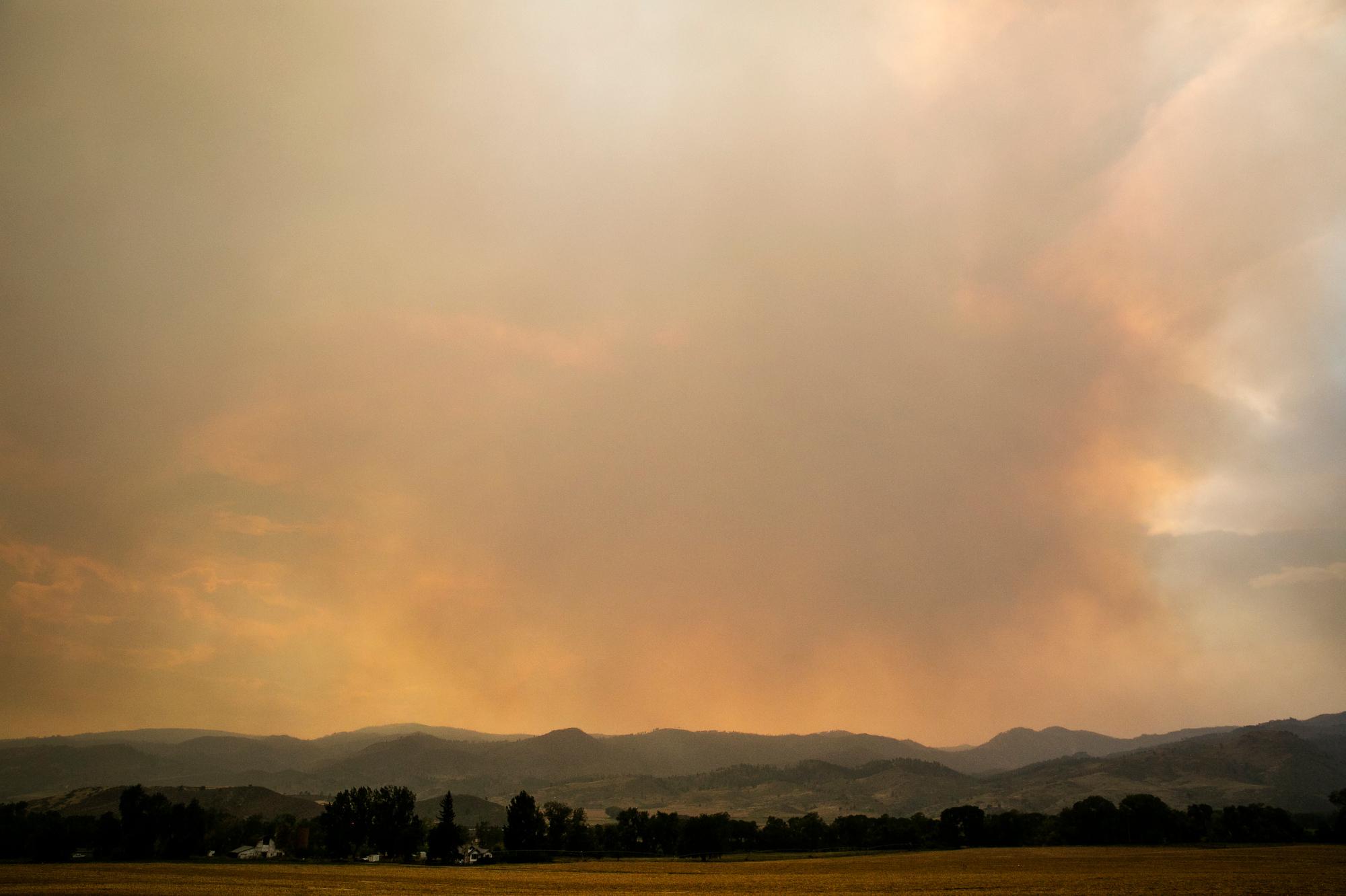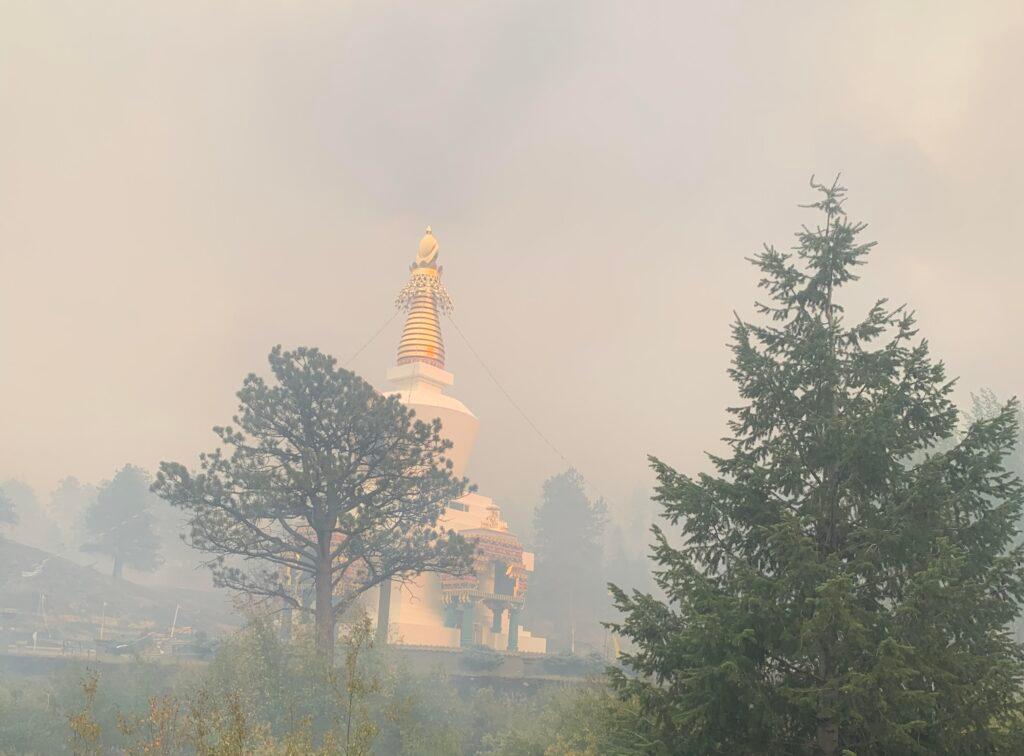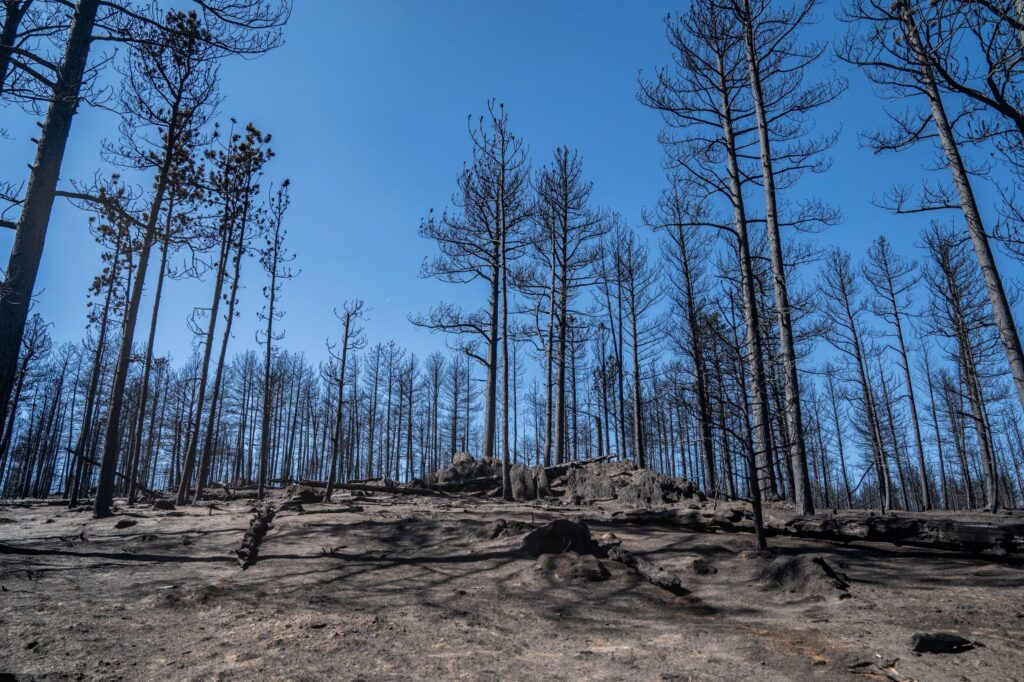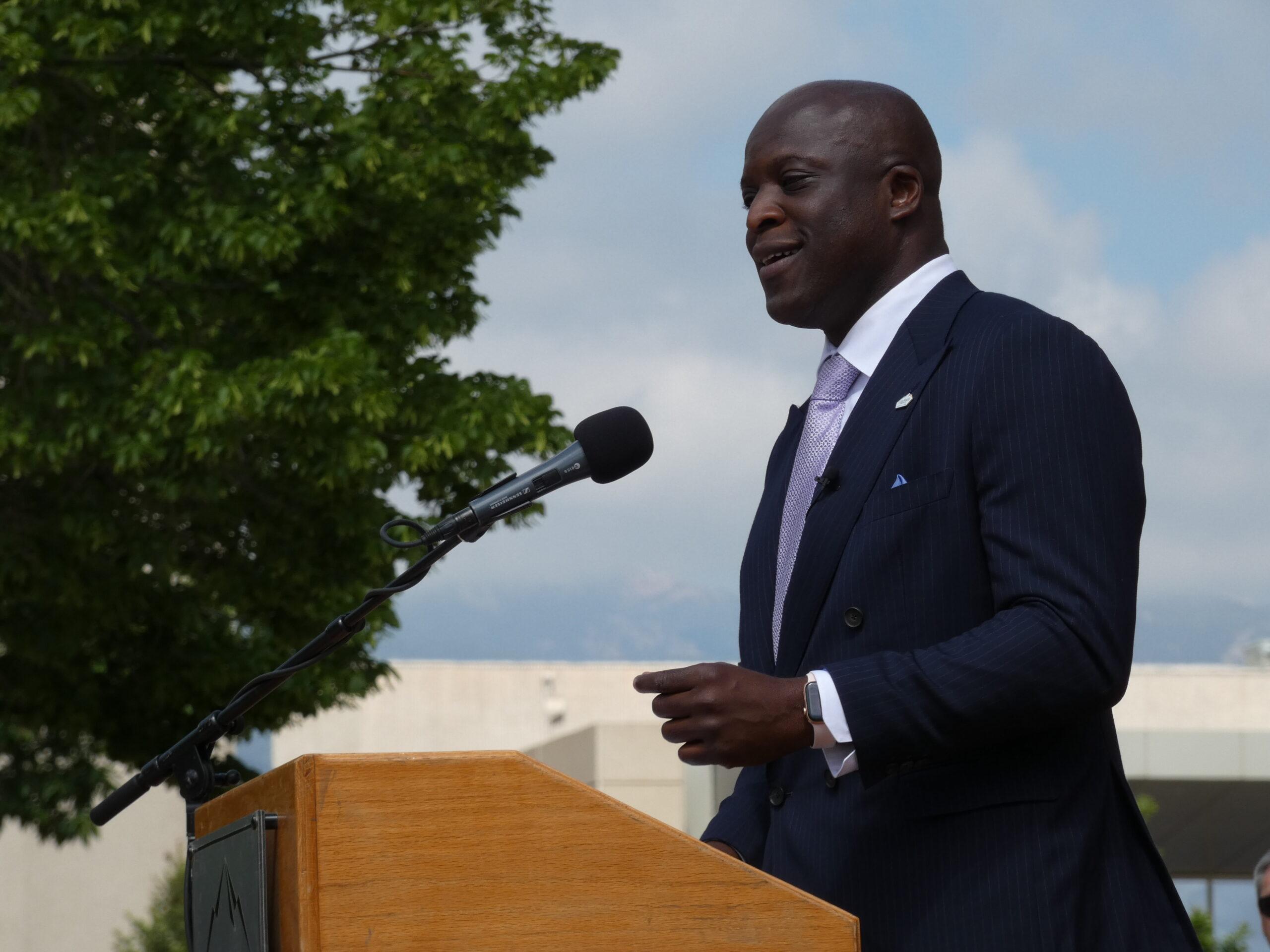
The Cameron Peak fire burning west of Fort Collins grew over the weekend with hot temperatures and strong winds. It's now the third largest wildfire on record in state history, at 124,021 acres.
Larimer County officials said some structures have been destroyed or damaged as the fire grew Friday and Saturday.
Michael Gayner, the executive director of the Shambhala Mountain Center, a Buddhist temple, said he’s been working non-stop contacting staff and the general public since the Cameron Peak fire reached the center and destroyed two buildings. It did not reach its landmark building, the Stupa.
Gayner said the center has dealt with wildfires in the past, but this is the first time there’s been structural damage.

“There’s devastation but not as much as we might have feared,” Gayner said. “We’re going to rebuild. We’re going to be really responsible and caring to the land.”
Jared Kramer, a public information officer for Larimer County’s Sheriff’s Office, said the biggest help would be a weather change. It’s been dry and hot in the county. Sunday has been cooler but not much rain is expected.
“The weather has just not been cooperative,” Kramer said. “We’re hoping to see a break in the hot dry weather.”
Mandatory evacuations of all Glacier View filings, Red Feather Highlands subdivision and the Lady Moon area are still in effect. Fire officials issued those orders Friday because of the rapid growth of the fire.
Smoke is thick along the northern Front Range, not just from the Cameron Peak fire but also from the Mullen fire, burning just over the border in Wyoming and moving south into Colorado. It started Sept. 17 and is already burning at nearly 70,000 acres.
Meanwhile, near Rocky Mountain National Park and along the Cache la Poudre River, 848 people are battling the Cameron Peak fire in its seventh week.
Fire officials announced Saturday there has been more structural damage -- including the buildings at the Shambala Mountain Center -- but were not able to say how many structures or what kind.
Kramer with the Larimer County’s Sheriff’s Office said damage assessments were ongoing as of Sunday for the newly burned areas.
Two weeks ago it was announced the fire took down 54 buildings, including two primary homes. Right now, about a quarter of the perimeter of the Cameron Peak fire is contained.

Gayner said the center is doing everything it can to re-open when it’s safe but it’ll be a tough road ahead. The center is still figuring out what can be done with insurance.
“We had taken a $1.5 million shortfall when [the COVID-19 shutdowns] started to break even through careful financial management,” he said. “But the fire cut into my mind how we can survive and rebuild and pay for all that.”
Gayner is still navigating what’s next, but said he still is overwhelmed with support from the general public. He says the center has been receiving messages of support since the fire reached the center Saturday.

The weather was expected to cool down on Sunday, but the change will still keep the firefighters working. Cory Carlson with the incident team said they have to prepare their equipment for the drop in temperatures.
“We’re going to have to winterize a lot of our engines and all the pumps out here. That’s going to take a tremendous amount of time. There are over 250 pumps out here and we have to make sure they don’t freeze,” Carlson said.
Most of the work on Sunday was in the residential areas of Red Feather Lakes, Crystal Lakes and Glacier View. Firefighters are working to protect structures because the threat of increased fire activity remains high for the rest of the week.









